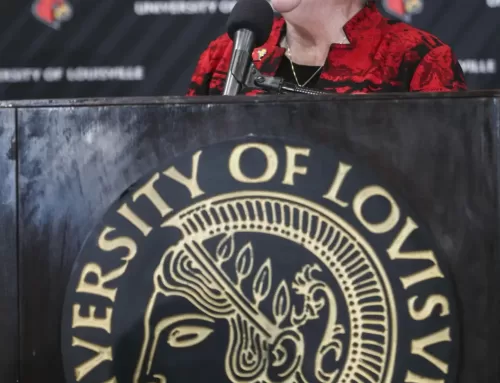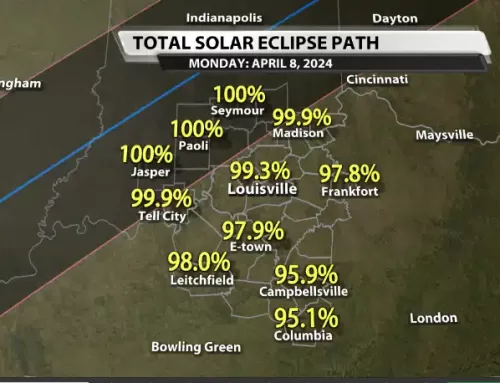On average, teens and young adults send around 3,000 text messages a month, according to CBS News. That’s a massive amount of LOLs and OMGs.
These text messages often use initialisms – abbreviations formed from the first letters of a series of words. Initialisms are often pronounced using the letters themselves, such as in LOL, rather than phonetically, such as in NATO.
Initialisms have been around much longer than texting. In fact, initialisms have been used since the invention of the telegraph in the early 20th century, and have evolved with time and new technologies.
“The [jargon] that you’re using in texting has been around for at least 30 years,” said Dr. Allan Futrell, a professor of communication at the University of Louisville.
According to Futrell, this jargon started on bulletin boards at the University of North Carolina, even before the Internet was available to the public.
When the Internet came around, texting jargon and initialisms invaded the chat rooms of the 1990s. Now, texting is one of the most used functions on cell phones and has become an important method of communication for most college students.
“The thing about texting is that it’s a hybrid between speech and writing,” said Dr. Bronwyn Williams, a professor of English at U of L. “It’s taken the place of phone calls. We haven’t quite figured out what the rules of this mode of hybrid communications are.”
This hybrid communication is beginning to seep into other aspects of students’ lives. Many are concerned that texting jargon will start showing up in students’ papers as well.
“There’s a great deal of anxiety about student writing,” said Williams. “There has always been this anxiety about how the outside world is affecting student writing. Students, in general, know how to move from one aspect [of communication] to another.”
Though texting jargon does not often show up in students’ papers, it is slipping into e-mails more frequently. This past year, U of L included a STOMP Module – online tutorials for incoming students – on how not to use texting jargon in e-mails.
“I do want to use it a lot when typing e-mails,” said Lia Garofolo, a sophomore French major. “It drives me crazy.”
Though many students, like Garofolo, strive not to use texting jargon in formal situations, some students consistently use it in formal e-mails.
“E-mail is sort of halfway written and halfway spoken,” said Futrell. “It happens because the student is not thinking of it as a written document.”
Other situations where texting jargon has shown up include forums for online classes.
“I don’t object to it, but the nature of your interaction has changed,” said Futrell. “Some people think, ‘Is this a serious class?'”
According to Williams, every dialect has some rules. Williams said that the rule of thumb for texting is that it is informal, and therefore it is not vocabulary that’s appropriate for research papers.
However, texting jargon is gaining ground. In fact, the Oxford English Dictionary, the largest lexicon of the English language, has recently added LOL and OMG to its content.
“I think it will remain to be seen how we regard these changes in another 10 years,” said Williams.
For now, Futrell and Williams say that texting jargon should stay out of the classroom. But the future
is unclear. Maybe it will be acceptable for future generations to use OMG in research papers.




